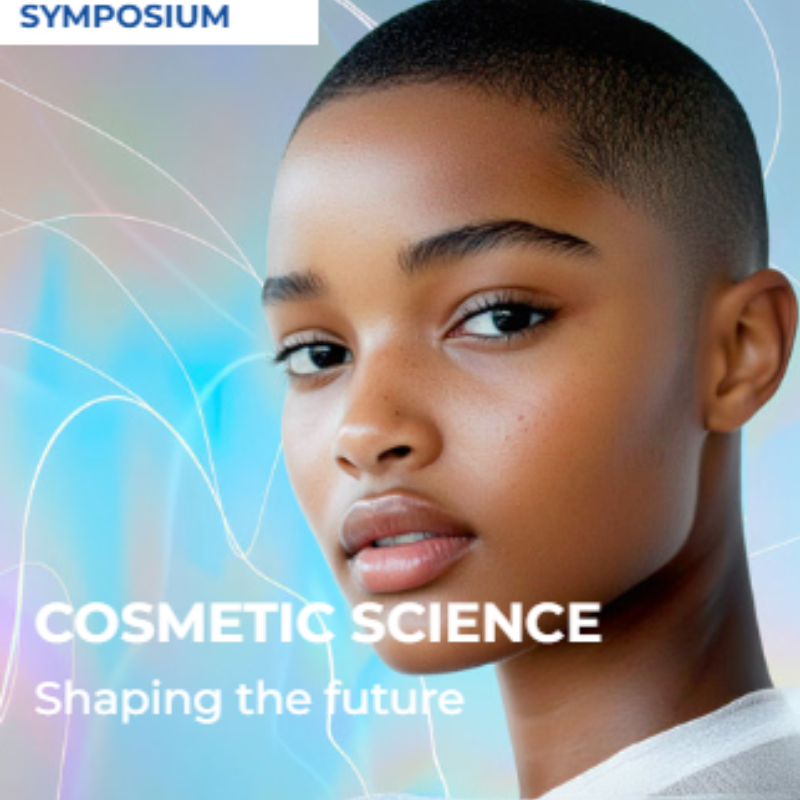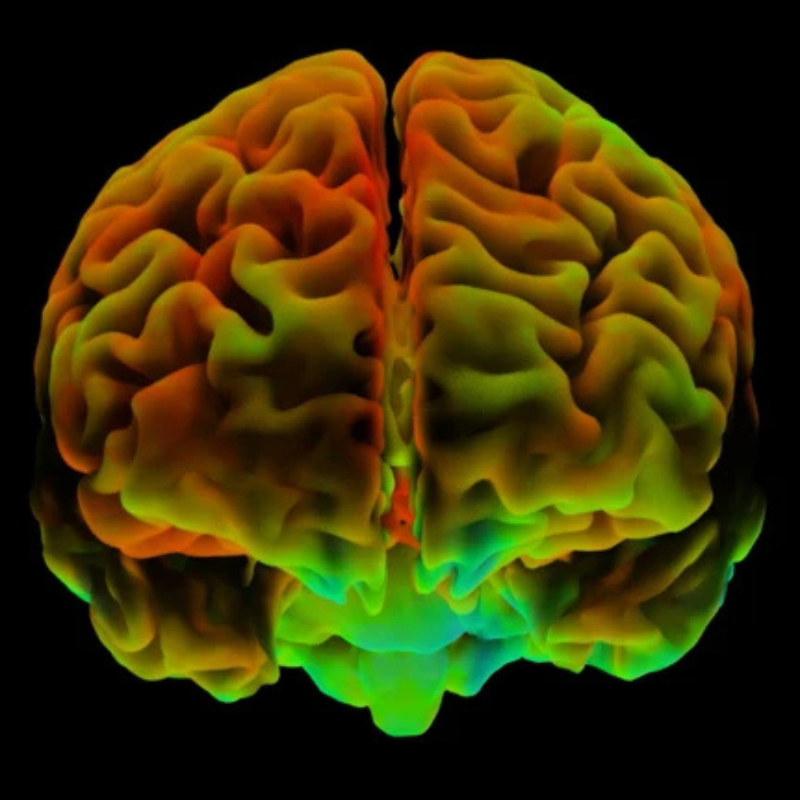Cody Daniel ’11 was a high school student looking for intricate pranks to play on his friends when he stumbled upon the history of hacks at MIT. “I found the subversive culture of MIT very exciting, and I loved the character of the students,” he says.
Now, having studied mechanical engineering as one of those students, he is subverting the status quo in a far more serious way—bringing high-volume 3D imaging into the field of pathology, where it has the potential to yield unprecedented scientific insights.
It was through a late-night, quirky conversation at a Steer Roast party at MIT’s Senior House that Daniel first met Todd Huffman, with whom he would later join forces to start 3Scan, a biotechnology company that is changing the way we understand human biology. “He and I got to talking about future technologies, neuroscience, and brain uploading—all these weird, out-there concepts,” he says.
When they met, Huffman was working in the lab of the late Bruce McCormick, a computer scientist and founder of the Brain Networks Lab at Texas A&M University. McCormick had pioneered knife-edge scanning microscope (KESM) technology, which captures high-resolution images of thinly sliced layers of tissue, making it possible to create digital 3D images of cellular structures. The two realized that with Daniel’s engineering and instrumentation background, they could commercialize McCormick’s prototype and use it to automate much of the painstaking work pathologists typically do when they examine samples of organs, tissues, and fluids to study and diagnose disease.





